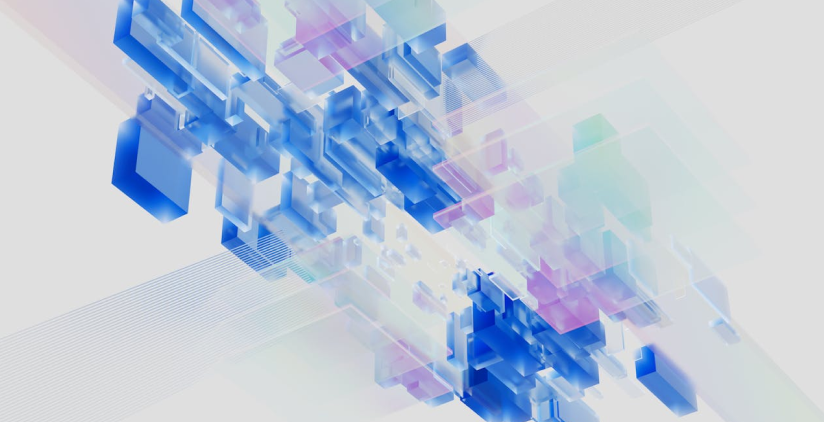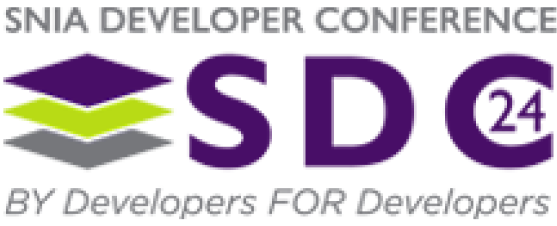SNIA Developer Conference September 15-17, 2025 | Santa Clara, CA

Redfish® and Swordfish®: The Data Source for Predictive Models and Decision Making

Abstract
In today’s rapidly changing datacenters, it is very difficult to visualize your current equipment utilization, much less be able to predict when and where to expect bottlenecks, issues and failures to occur. Particularly in a multi-vendor solution, DMTF Redfish® and SNIA Swordfish® can bridge the gap to provide the key instrumentation needed.
This presentation will provide an overview of techniques and examples to use Redfish/Swordfish instrumentation, such as metrics and counters, to populate graphs and create predictive models of Asset utilization, Power and Temp metrics, and Capacity and Performance statistics. The models can facilitate decision making, chargeback opportunities, infrastructure optimization, and refresh/upgrade cycles.
Learning Objectives
Tame the chaos in your data center and eliminate waste
Take control of your refresh and upgrade cycles
Constrain costs and encourage users to make good business decisions based on the realities of the models


Related Sessions
Let's Build a Swordfish Poller
The SNIA/DMTF Swordfish storage management standard provides a rich data set for managing and maintaining awareness of storage infrastructure. In this talk I'll query data from a device conforming to the Swordfish standard API and use the data for common use cases in storage management, reporting, and asset management that we have in our bespoke systems management tools. I'll look at how the data is delivered and how the various data defined by the standard are used to build the relationships we require for those common use cases. We'll also see how the single standard enables data discovery from many diverse devices.


OFA Sunfish: New Applications for Distributed Storage with SNIA Swordfish®
The OpenFabrics Alliance (OFA), together with its partners, DMTF, SNIA, and the CXL-Consortium, are continuing development of Sunfish, an open-source composable computing system framework, to provide a unified set of tools to control and monitor both computing resources and multiple network fabric types. The Sunfish workgroup has demonstrated management of disaggregated memory systems based on CXL and compute accelerators such as GPUs. We are now expanding our scope to encompass the management of scalable fabric attached storage resources with SNIA Swordfish®. In this presentation, we will update on the activities around support for distributed storage and demonstrate a Sunfish Agent that interacts with a SNIA Swordfish endpoint to configure and provision remote storage resources to applications.

DMTF Redfish® for Storage Management
DMTF Redfish® is now a very fully featured management ecosystem for server management, but what about storage? Isn’t that Swordfish? Well, actually …
While Swordfish provides the storage-centric functionality, it leverages all of its base functionality from Redfish. Storage users and implementers can take advantage of the latest features in Redfish directly, including:
• Fabric support for CXL, supporting Swordfish and Sunfish
• Enhanced audit logging
• Enhanced metrics instrumentation
• Enhanced modeling for thermal and cooling, SKU management

Redfish® and Swordfish®: The Data Source for Predictive Models and Decision Making
In today’s rapidly changing datacenters, it is very difficult to visualize your current equipment utilization, much less be able to predict when and where to expect bottlenecks, issues and failures to occur. Particularly in a multi-vendor solution, DMTF Redfish® and SNIA Swordfish® can bridge the gap to provide the key instrumentation needed.
This presentation will provide an overview of techniques and examples to use Redfish/Swordfish instrumentation, such as metrics and counters, to populate graphs and create predictive models of Asset utilization, Power and Temp metrics, and Capacity and Performance statistics. The models can facilitate decision making, chargeback opportunities, infrastructure optimization, and refresh/upgrade cycles.

SNIA Swordfish®: A Unified Approach to Open Storage Management
Want to dive into what’s new in storage management? This presentation provides a brief overview of DMTF Redfish® and SNIA Swordfish® and how they work together to provide a unified approach for the management of storage and servers in hyperscale and cloud environments.
With the broad functionality base in Redfish and Swordfish today, there are now many capabilities available that may not be obvious at first glance. This presentation will highlight a couple of example use cases, such as leveraging the Redfish audit logging for security purposes.
The presentation will also present some of the most recent functionality and use cases driving the expansion of Swordfish, including Configuration Lock capability for NVMe.


